How to best handle late-paying customers, or avoid them altogether.

In a perfect world, every single payment would arrive by the due date and you’d never have to waste precious hours chasing down delinquent customers. Since this fantasy isn’t likely to materialize any time soon, you need to take the initiative to ensure you get paid on time as often as possible. Here’s how to do it without getting exasperated or annoying your customers.
Set clear payment terms.
Prior to entering into any kind of agreement, whether it’s a product sale, a subscription, or a contract for services, make sure you and your customer are on the same page. Send the terms of payment in writing and keep a copy for your records. Electronic signing options make this easier if you deal mostly in remote sales, but the terms should clearly state that a digital agreement holds the same weight as a physical signature.
The benefit here is the ability to tailor payment terms based on your relationships with customers or how trustworthy they’re likely to be given what you know about their credit-worthiness and histories. Someone you trust and whom you’ve worked with a lot in the past may earn more lenient terms, while you may wish to be more cautious when proceeding with new customers making their first few purchases.
Offer a ton of payment options.
The best way to get paid on time is to make it ridiculously easy for customers to give you money. Think about a chore you hate doing; don’t you find yourself whipping through every task except that particular one until there’s no other choice but to tackle it? Customers’ brains work the same way. If paying invoices is a hassle, they’ll put it off for as long as they can.
Look at payment histories to get an idea of what options are the most popular among your customers, while also considering the demographics of your customers. Include not only preferred payment methods but also the alternatives your target audience is known for using on a regular basis. With access to the right payment gateway, you can securely accept:
- Credit and debit cards.
- PayPal.
- Apple Pay, Google Pay, and Samsung Pay.
- Electronic checks.
- Bank transfers.
To make paying even easier, send invoices equipped with a pay online link. This streamlines the process by bringing customers directly from their inboxes to the payment page on your site.
Say yes to autopay.
What’s easier than clicking a link? Doing nothing!
“Wait a minute,” you may be thinking. “How do I get paid if my customers don’t do anything?” An automatic payment option like the one offered by the Payanywhere invoice platform gives customers the option to input their preferred forms of payment and have the amount of the invoice automatically deducted when it comes due. After the initial setup, customers literally do nothing, and you get your money on time, every time.
When a payment is made or a recurring order is charged, the money shows up in your account and customers receive email confirmation for their records. This model works particularly well for subscriptions and can also be used to allow customers to set up smaller recurring payments for large purchases.
Because it’s so easy, adding autopay to your offerings has the potential to increase sales of popular products and services. Customers who are notoriously forgetful with monthly invoices no longer experience gaps in service. Furthermore, those who make occasional purchases may be incentivized to set up an ongoing order cycle, especially if you offer a small discount for doing so.
Use recurring cycles for subscription payments.
Not every customer is going to want or remember to enroll in automatic payments, but that doesn’t mean you can’t use automation to your advantage. If you offer subscriptions, set up recurring invoices to deliver payment reminders on a set schedule. This frees you from the tedium of generating and sending multiple invoices manually and makes it much easier to manage product and service sales with different payment terms.
Automating your recurring invoices also saves you the headache of going back and forth with customers who haven’t paid, only to discover it’s your fault because you never sent an invoice in the first place. Coupling autopay with recurring invoices ensures customers receive their products or services on a continual basis and you get the money you’re expecting at the start of every billing cycle. All you have to do is define the terms at the outset of the subscription agreement and once the customer accepts, invoices will go out at the appropriate time with no extra effort on your part.
Send reminders (without being annoying).
For some reason, a lot of small business owners feel like reminding customers to pay is an intrusion into their lives. If this describes you, it’s time to reset your thinking. Your products and services are valuable and you deserve to get paid for your hard work. Sending invoice reminders is actually beneficial to you and your customers because it reinforces the value of what your company provides while helping them remember when payments are due.
Try this schedule as a template for following up, and see how it affects the timing of payments:
- One week before payment is due.
- On the due date.
- One week after the due date.
- Two weeks after the due date.
Include the invoice number and payment amount in your messages. After the due date passes, add any applicable information regarding late fees and offer to contact the customer to discuss the reason for the delay and any ways you may be able to help.
Enforce late fees.
Customers who don’t pay even after receiving repeated reminders need to take responsibility. There’s no need to be nasty about this, especially since doing so will likely lose you the customer and hurt the reputation of your business. That said, you have to be firm enough to enforce any late fees set forth in the initial terms. Otherwise, like the child whose parents threaten punishment but never follow through, your delinquent customers will repeat their behavior.
To collect the initial payment along with incurred fees, send the customer an email with the invoice number, payment amount, fee amount, and updated due date. If payment still doesn’t arrive, get on the phone to find out what’s going on. Keep your cool. Offer to negotiate new terms of payment or a payment plan if you discover the customer is going through a tough time financially.
Consider upfront fees.
Collecting partial or complete payment up front can save you a lot of headaches, especially with customers who make a habit of letting due dates go by without a second thought. It’s also a smart practice with new customers until enough mutual trust is built to consider adjusting the payment terms.
It’s not tacky or greedy to ask for upfront payment. In fact, this is the way most subscriptions work. Customers pay at the start of a billing period with an understanding the company will deliver the promised service. The same process works for one-time or “as needed” services, although it’s a good idea to offer some kind of written guarantee so that you’re accountable and the customer has recourse in the event the product or service fails to meet expectations.
If a customer balks at or outright rejects the idea of paying upfront, be careful about how you proceed. This could indicate they’re not trustworthy or they don’t appreciate what your products and services are worth.
Sweeten the deal for early payments.
Everyone loves a discount. If you don’t believe it, watch what happens when items go on clearance at any local store. People flock to the sale bins and blow an amazing amount of money on things they wouldn’t have dreamed of buying at full price.
How does this strange psychological phenomenon benefit you when you want to get paid on time? While it’s true you can’t slash prices to the point where you lose money, offering a small discount to people who pay their invoices early has a way of enticing customers to give you what they owe before the due date rolls around. If you also charge a late fee for delinquent payments, there’s a chance this strategy will work even better.
The discount doesn’t have to be big, just 5 or 10 percent, to be effective. You get your money faster and customers save a bit of cash … everybody wins!
As you put these techniques into practice, realize there will be a few hiccups now and then. Life happens and sometimes you’ll have to deal with late payments or negotiate different terms. For the most part, however, being clear and firm about payment deadlines should bring money in faster and allow you to establish consistent, reliable business cash flow.
More from Business tips
 3-in-1 Reader | 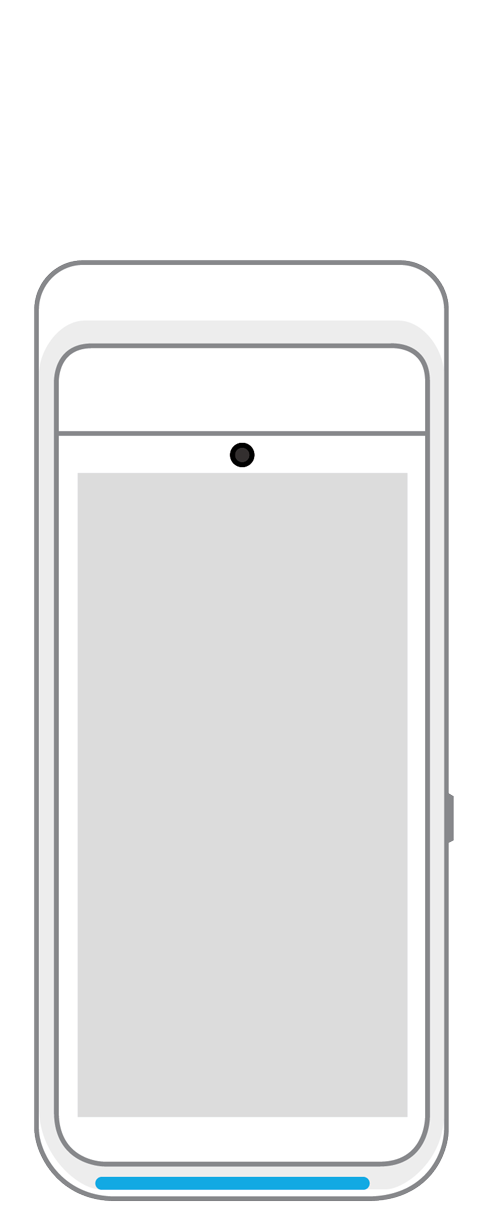 Terminal | 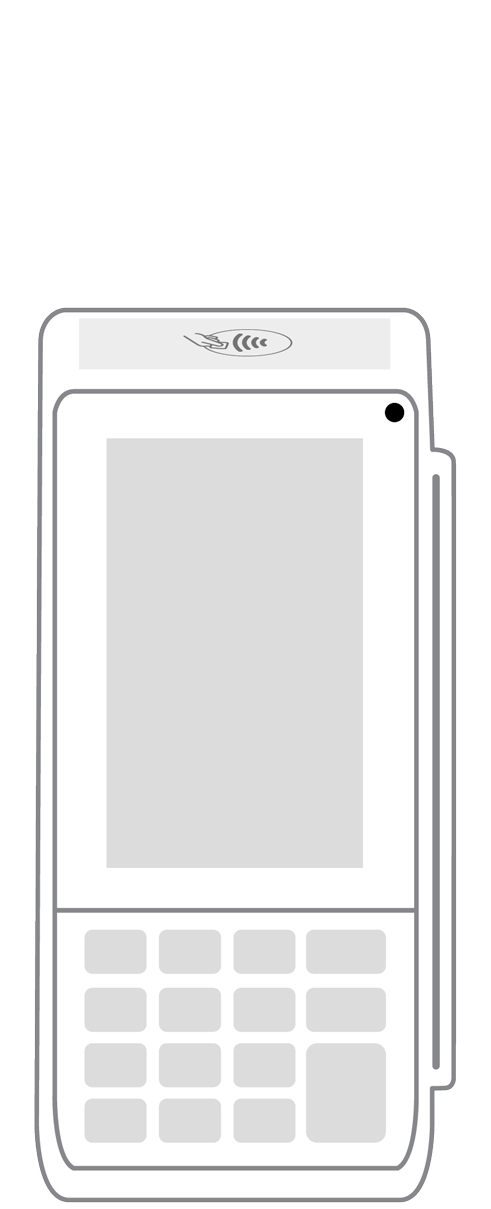 Keypad | 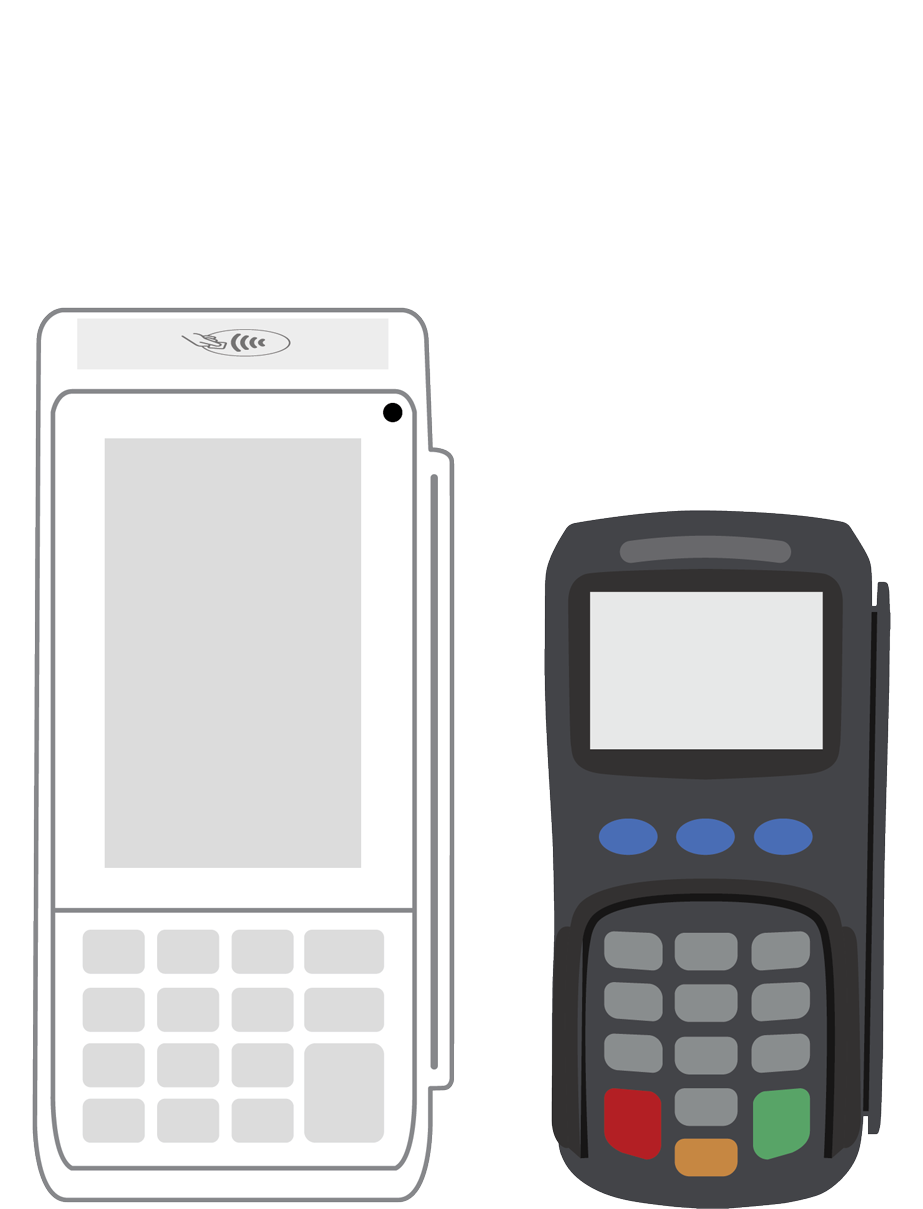 PINPad Pro | 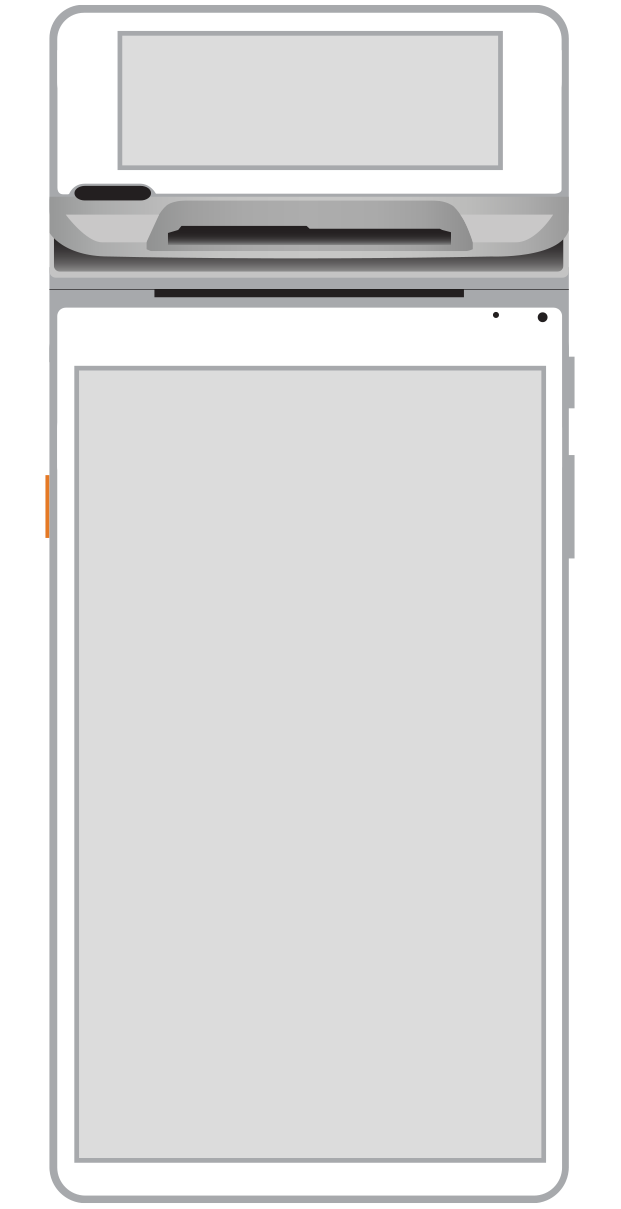 Flex | 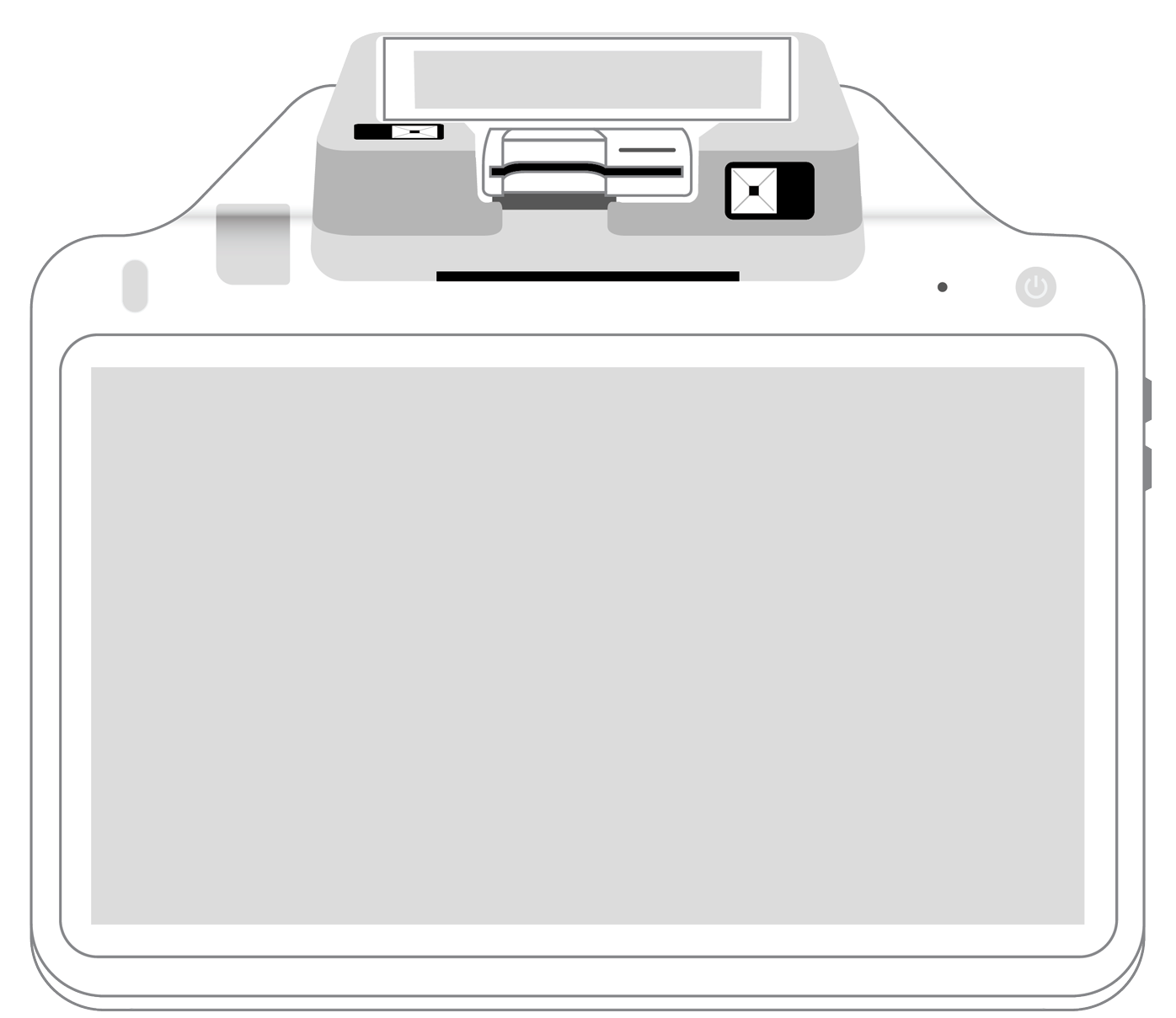 POS+ | |
|---|---|---|---|---|---|---|
Payment types | ||||||
EMV chip card payments (dip) | ||||||
Contactless payments (tap) | ||||||
Magstripe payments (swipe) | ||||||
PIN debit + EBT | ||||||
Device features | ||||||
Built-in barcode scanner | ||||||
Built-in receipt printer | ||||||
Customer-facing second screen | ||||||
External pinpad | ||||||
Wireless use | ||||||
Network | ||||||
Ethernet connectivity | With dock | |||||
Wifi connectivity | ||||||
4G connectivity | ||||||
Pricing | ||||||
Free Placement | ||||||